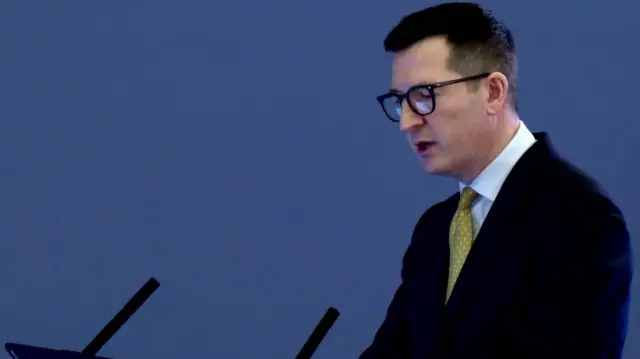Thanks for joining uspublished at 15:38 GMT 19 February
The inquiry has now risen until the week commencing 23 June.
That concludes our live coverage for today.
Today's live page was written by Finn Purdy, Abigail Taylor, and Catherine Moore. It was edited by Conor Neeson.
Thanks for joining us.
